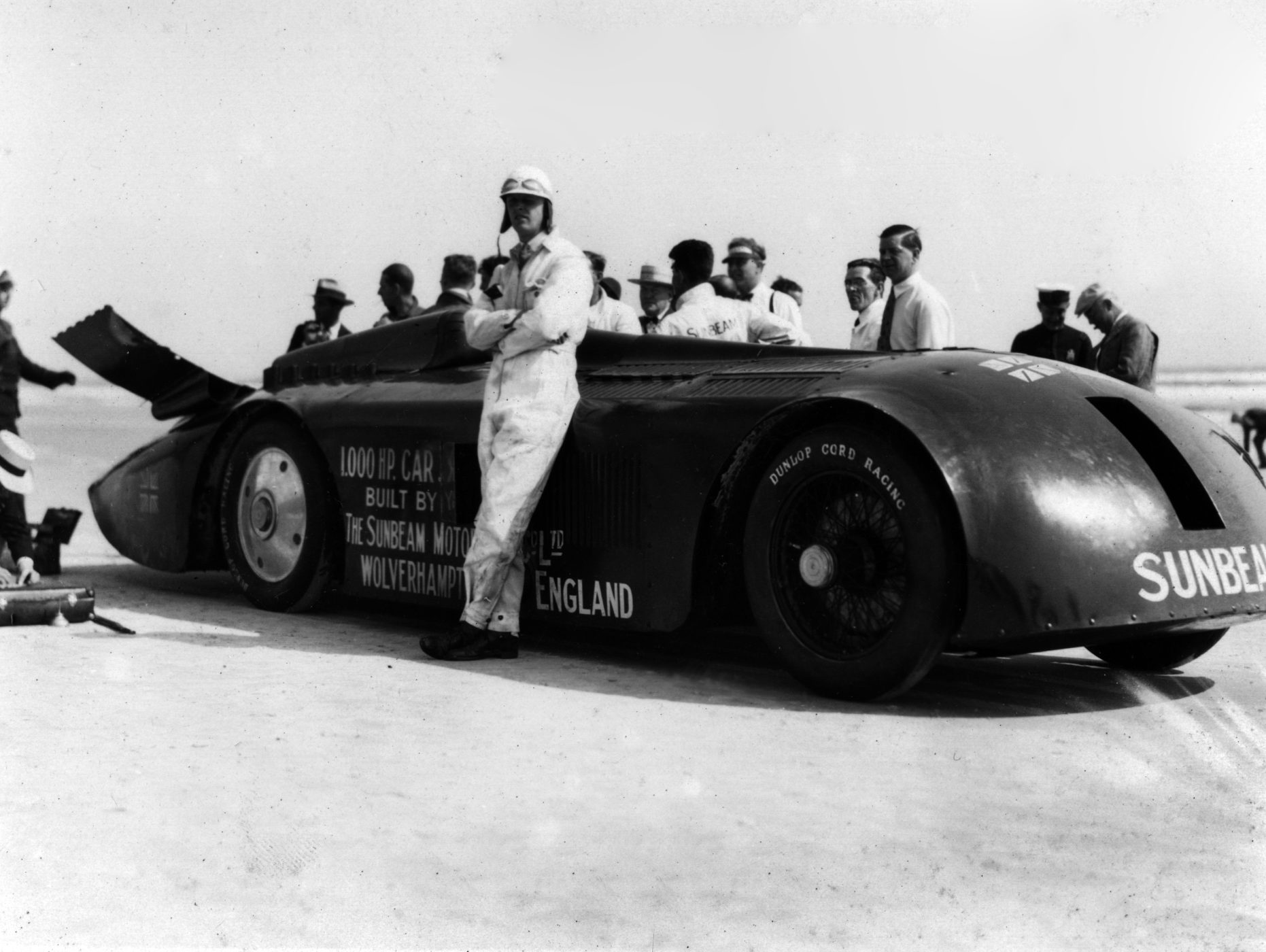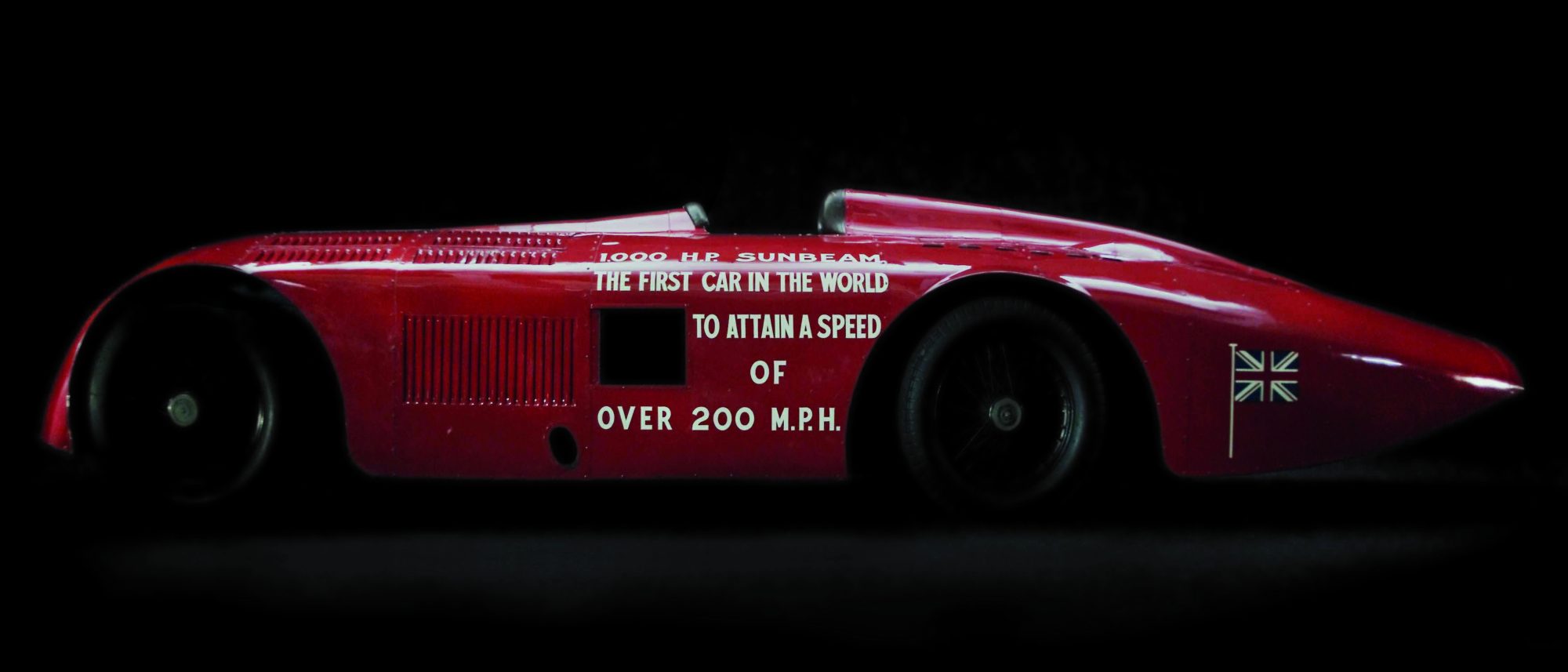On 29th March 1927, on Daytona Beach in Florida, Major Henry Segrave drove a Sunbeam, known as ‘The Slug’, over 200mph. This was the first time that any car had ever reached this speed and set a new land speed record. Now, 96 years later, on 29th March 2023, The National Motor Museum is launching its Sunbeam 1000hp Restoration Campaign to bring this ground-breaking car back to life.
The campaign aims to raise £300,000 for a full restoration and to take ‘The Slug’ back to Daytona Beach in celebration of the 100th anniversary of the record in 2027. Restoring a car that has two 22.5-lire V12 engines is obviously a huge task so a major fundraising campaign is needed to make it possible.
After being designed and built for the sole purpose of going faster than 200mph, ‘The Slug’ was, at the time, the fastest car in the world. The excitement around the car was immense and around 30,000 people headed to Daytona Beach to watch Major Segrave drive at an average speed of 203.79mph. To achieve this speed, more than one engine was needed, so two Sunbeam Matabele V12 aero engines were chosen by Sunbeam’s chief engineer, Louis Coatalen. Segrave’s cockpit was between the two engines (one was at the rear of the vehicle while the other was at the front), and the finished car weighed over 3 tons.
The car travelled so fast that, during the first run, strong winds caused it to skid with Segrave having no other option but to drive into the sea to slow down! However, following corrosion attacking the internal workings of the engines, ‘The Slug’ has not been run for more than 50 years.



The National Motor Museum is working with Brookspeed Automotive to restore this incredible car, and the work will be carried out in the public eye through visits to the museum as well as through online content such as videos and blog posts.
To raise awareness of the campaign, ‘The Slug’ will be taken to motoring events and shows all over the UK and Europe before also going on a tour of motoring museums in America too.
The National Motor Museum has owned the Sunbeam since 1970 and it has been one of the main displays there ever since. Their Senior Engineer, Ian Stanfield, has already started stripping down the rear engine to investigate how bad the corrosion damage truly is.
Restoring a car that is as special and such a big part of motoring history as this is a worthwhile project. There aren’t many better ways to help future generations recognise how ground-breaking ‘The Slug’ was than by bringing it back to life for them to see first-hand.
The National Motor Museum’s Head of Development Michelle Kirwan said: “This is a wonderfully exciting opportunity to raise the funds necessary to breathe new life into the two aero engines and enable the Sunbeam to run again.
“To be able to take this iconic car back to Daytona, where world Land Speed Record history was made, would be incredible – especially in the centenary year. We are grateful for Brookspeed Automotive’s support with this campaign and look forward to working together to achieve the ultimate goal of such a historic run, which will capture the imagination of motoring enthusiasts around the world.”
